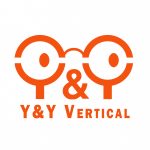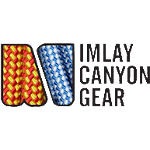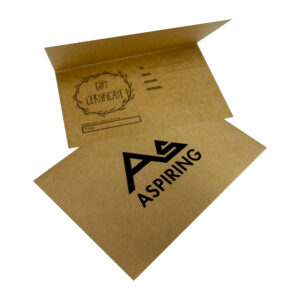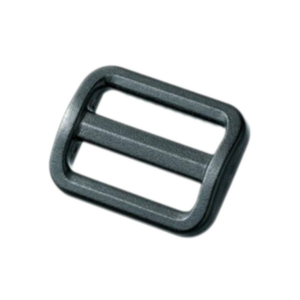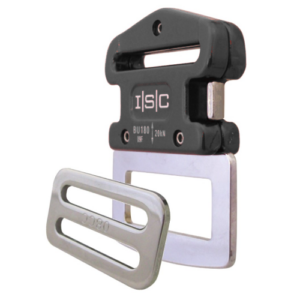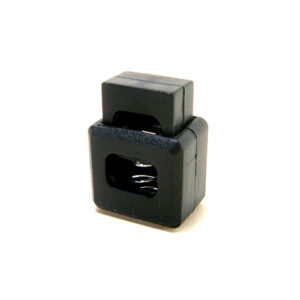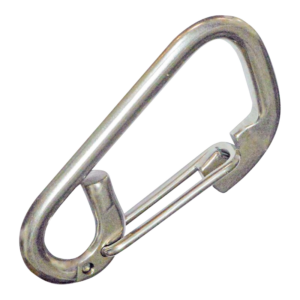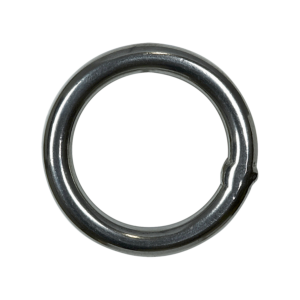There are two different types of standards for harnesses: those for climbing harnesses, and those for height safety. These are fundamentally different because of the requirements of each market area.
Outdoor education and adventure activities lie somewhere between the two. On one hand they are professional activities, and have to pay attention to health and safety requirements. However the products used in them are largely derived from climbing harnesses, as well as, in some cases, from height-safety harnesses.
Climbing harness standards
World-wide there are only two climbing harness standards – the UIAA standard, and the European standard, EN 12277. The UIAA (International Federation of Mountaineering Associations) standard is based upon the European standard, with variations.
In recent years the CEN (European Committee for Standardisation) has become the most important standards organisation, and any products sold in Europe must by law be third-party certified to the relevant standards. (See Compliance and certification for an explanation of third-party certification). There is no such requirement in other countries. Many harnesses manufactured outside the EC, (in Australia, Canada, and the United States) are not certified to the European standard, or in fact to any standard, although major American manufacturers now certify to the CE standard so that they can sell their products in Europe.
Aspiring Safety Product’s climbing harnesses are designed to comply with the general requirements of the European harness standard, EN 12277. Our harnesses are constructed to substantially exceed other requirements of the standard. For example, most of our harnesses have a minimum strength of 24 kN rather than the 15 kN specified by the harness standard, and we have certain requirements of our products which are not included in the standard.
(A kilonewton (kN) is roughly equivalent to 100 kg force, so 15 kN equals 1.5 tonnes).
Height safety harness standards
In the height safety field there is a joint Australian and New Zealand standard, AS/NZS 1891.1 (2007 version). From 1999 to 2008 our height-safety harnesses were certified against the former standard, AS/NZS 1891.1 (1995 version). Although this standard is now superseded, harnesses supplied during the period when it is valid can still be used for a period of ten years.
Aspiring Safety Products has had a significant role in the development of the new height safety standard, as have represented New Zealand interests on the committee which formulated this standard since 1994.
European versus Australian/NZ Standard
There are four European standards, EN 354 (Lanyards), EN 358 (Work-positioning), EN 361 (Fall-arrest), and EN 364 (Testing), which are collectively equivalent to the Australian/New Zealand standard AS/NZS 1891.1, (2007 edition). AS/NZS 1891.1 is based on the European series of standards, and some of the requirements, such as the tests for lanyards, are virtually identical.
The European harness standard is much softer in two important aspects. For the harness drop test AS/NZS 1891.1 uses a rope lanyard made from 12mm twisted rope, whereas EN 364 specifies that the test lanyard is made from a dynamic climbing rope complying with EN 892. The use of a dynamic rope reduces the impact on the harness significantly, typically from about 16 kN to about 10 kN.
The second important difference is that although the actual drop test for height-safety harnesses is the same, there are major differences in the pass/fail criteria. In the European standards the harness merely has to retain the test dummy, whereas in AS/NZS 1891.1 there must be no breakage of components or load-bearing webbing, and no more than 20% of a stitch pattern is allowed to rupture. This makes a huge difference in whether or not a harness meets the standard.
There are a number of extra requirements for AS/NZS 1891.1, such as the webbing having to be tested for resistance to ultra-violet light, as well as specific labelling of all tested attachment points.
In summary, a harness made to AS/NZS 1891 is of a far higher standard than a European harness.






